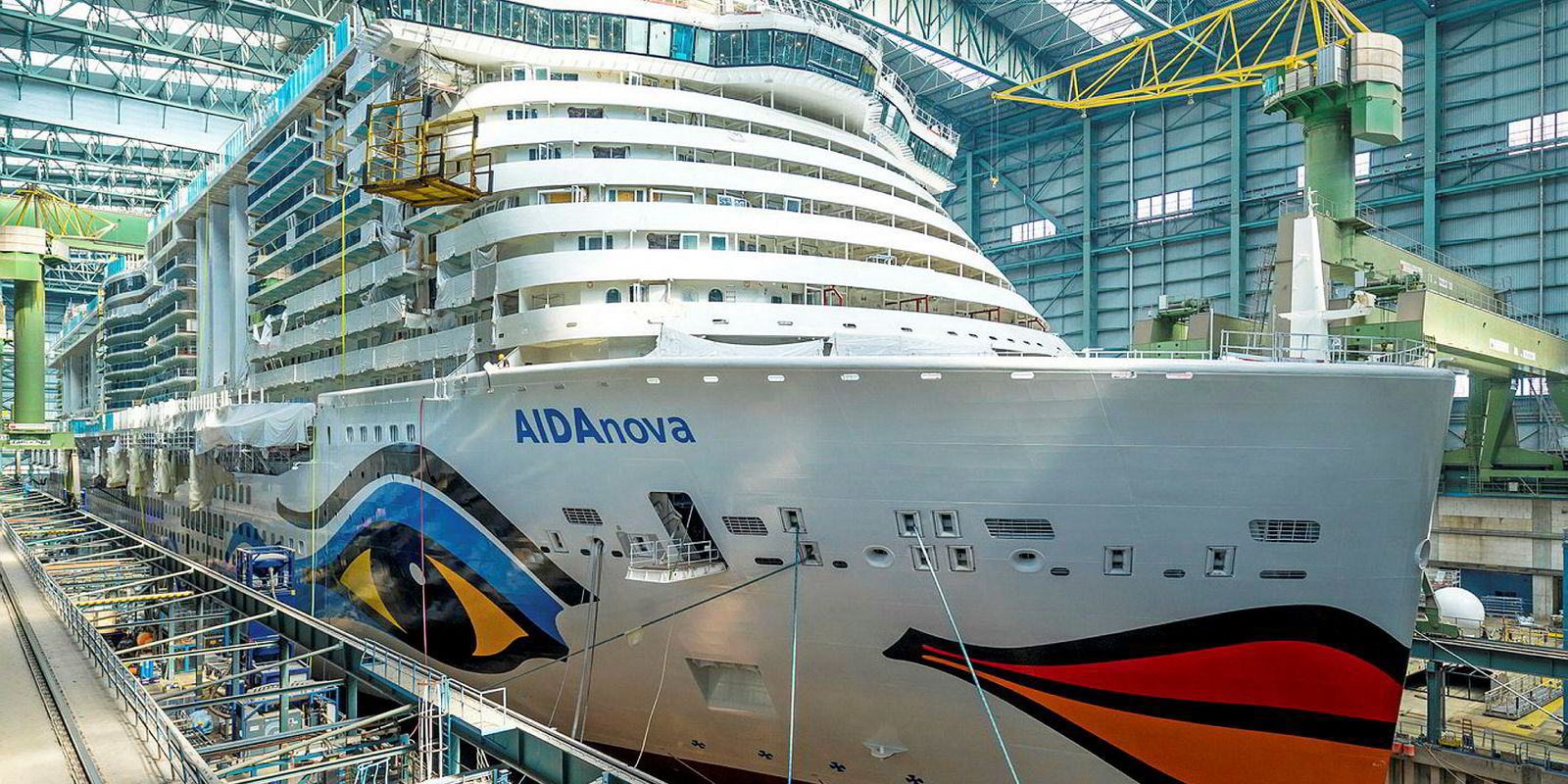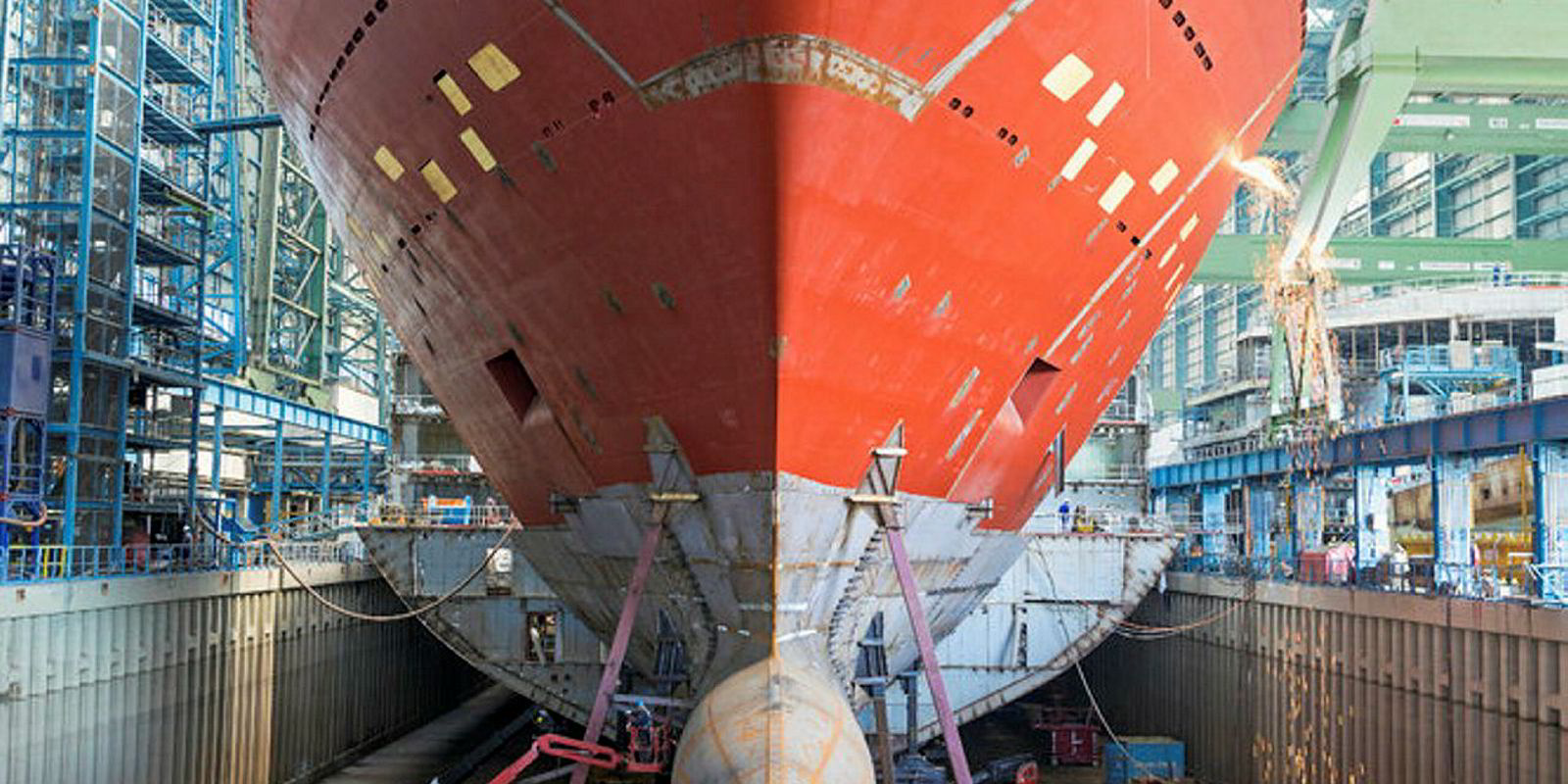Royal Caribbean Cruises has raised the environmental bar with an innovative move to offset its global carbon footprint.
The world’s second-largest cruise group has agreed to buy power from US utility Southern Power’s 200 MW Reading Wind facility in eastern Kansas, which will produce enough clean energy to compensate for 10% to 12% of Royal Caribbean’s annual carbon emissions, starting in 2020.
Powered by 62 Siemens Gamesa turbines, Reading Wind is expected to generate 760,000 MW hours per year over the duration of the 12-year agreement.
Construction is expected to start in the second quarter of next year and should be completed by the second quarter of 2020. Southern Power will operate and maintain the facility.
“We are constantly looking for new ways to reduce our environmental footprint, both in the short and long term, and ... this is the latest step in our journey,” Royal Caribbean chairman and chief executive Richard Fain said.
Although the cruise industry remains the target of regular criticism by environmentalists, it has been at the leading edge in shipping in using LNG as a fuel and developing alternative energy sources.
LNG emits zero SOx, virtually no particulate matter and up to 90% fewer NOx emissions, depending on the technology used. But it is far less effective overall in reducing greenhouse gas emissions.
TUI Cruises — Royal Caribbean’s joint venture with TUI Group of Germany — has two 161,000-gt, LNG-powered newbuildings for delivery from Fincantieri in 2024 and 2026.
The company has also begun testing fuel-cell technology on an existing Oasis-class cruiseship and earlier announced it was running “progressively larger fuel-cell projects” involving its new Quantum-class vessels, the fourth and fifth in the 168,600-gt series on order at Meyer Werft in Germany.
New ships cut the carbon
The New York-listed operator claims that overall its newest ships emit about 20% less CO2 per person, per day than vessels built only a few years ago. Existing ships have also been upgraded using new technologies that have improved propulsion efficiency by up to 10%, according to Royal Caribbean.
It has also been installing what it refers to as advanced emission purification systems on 20 of its 49 passengerships, with plans to put them on 60% to 70% of its vessels by 2020.





